Triaxial accelerometers are a useful combination of three sensing pellets, each taken from a single-axis accelerometer and oriented in a new package to cover all three Euclidean axes, that can quickly evaluate a machine’s condition. Obtaining data from just a single measurement axis can certainly clue you into developing machine faults and their severity, but monitoring all three axes, especially at both ends of the machine, gives the clearest picture of overall machine health.
With many data collectors programmed to accept readings from triaxial sensors and process all three axes simultaneously, you might wonder why you would ever revert to a condition monitoring program using just single-axis sensors. Why give up the cable-cost-cutting, spot-face-location-reducing, timesaving gadget that is a triaxial accelerometer? Alas, there are some considerations to make before leaving your singular sensor world.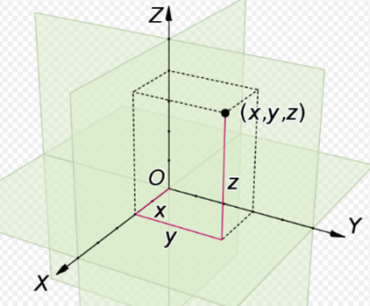
The primary reason you would want to use a single-axis sensor, or three of them mounted in a triaxial configuration, is that of frequency response. Because of the significant increase in mass when incorporating three sensing elements instead of just one into a single sensor case, the resonance frequency of most triaxial accelerometers, and therefore its usable frequency range, is noticeably lower when compared to that of a single-axis sensor. This eliminates some of the high-frequency analysis capability inherent in most uniaxial accelerometers for things like early bearing or shock warnings. The low-frequency cutoff can also be affected in a triaxial unit and it likely cannot measure as slow of speeds as a single-axis sensor would.
Another consideration that goes hand-in-hand with low-frequency response is that of sensitivity. Most industrial triaxial accelerometers have a 100 mV/g sensitivity but for low-speed, low-amplitude applications, a higher sensitivity sensor, such as 500 or 1,000 mV/g, would be desired to ensure the signal is accurately captured. You might even want some high-frequency content filtered out, which is usually not available in a triaxial configuration, leaving you with a single-axis solution.
If your machines operate in standard industrial run-speed ranges though, say 300-3600 RPM nominal, the triaxial unit is a great timesaving tool for walkaround data collection routes when efficiency is key and there are always more machines to analyze. It will give you the information you need to know, taking three readings in the time it takes for one, and allow your condition monitoring program to operate seamlessly.



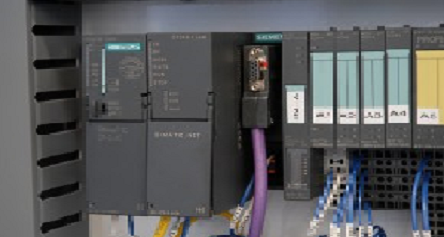
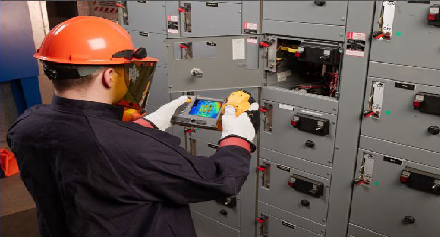
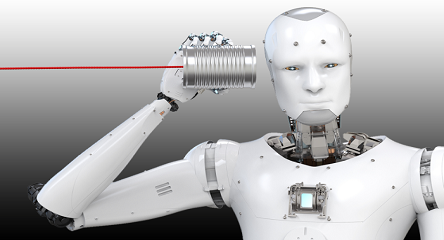
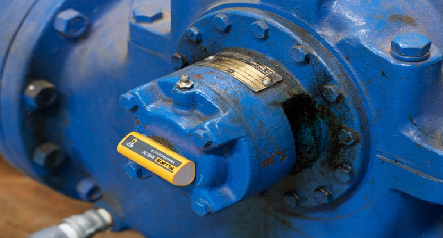

thanks for the great info shared about triaxial accelerometers, can you suggest which one would be the best accelerometer if we want to set up for wireless monitoring system
Also every time
A you may not have a 3 channel analyser
B Many triaxial sensors also require powering all the three channels even if you want to do a single channel measurement